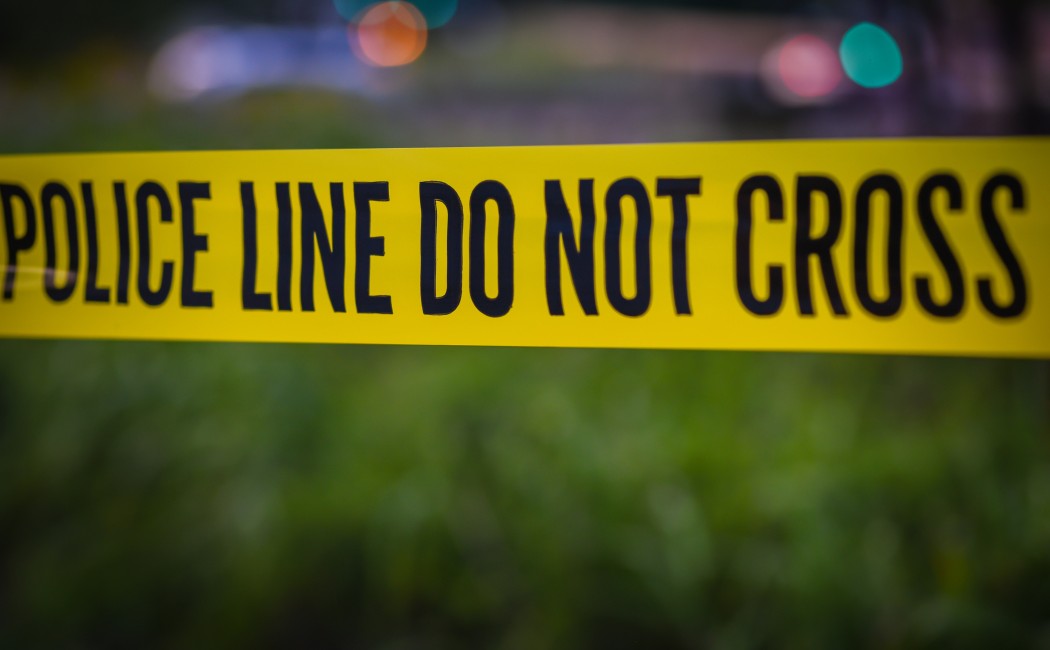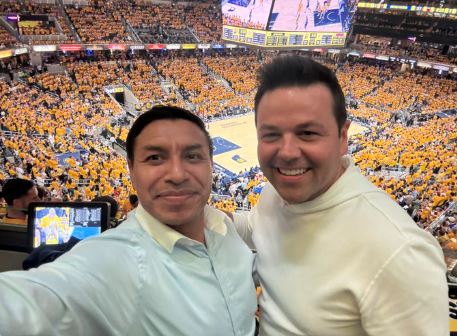Archaeologists Show Findings from Site of Bridge Project
Archaeologists Show Findings from Site of Henry Street Bridge Project
INDIANAPOLIS — A major infrastructure project in downtown Indianapolis is not only reshaping the city’s landscape but also unearthing its past.
Crews broke ground last fall on the Henry Street bridge, but before construction could move forward, an unexpected discovery halted progress: Archaeologists found the site sits atop what was once Greenlawn Cemetery.
What began as a routine project to modernize the bridge has turned into a window into the city’s buried history.
Over the past several months, archaeologists have uncovered more than 1,100 grave shafts — some with remains, others empty — along with burial artifacts dating back over a century. The discovery has shed light on a forgotten piece of Indianapolis’ past, prompting city officials to invite the public to learn more.
“People are interested. They want to know more. … Working with the city really makes that possible,” said Ryan Peterson, the principal investigator and archaeologist leading the project.
The cemetery, which existed before the area became a bustling urban center, has gone through phases of change over the years. Peterson said some parts of the cemetery were heavily reused, while others remained largely untouched.
“The cemetery has changed over time. There were areas that were extensively reused, and there were other areas that were undisturbed. Part of the ground being covered the way it was has actually aided in the preservation of some of the burials.”
Despite the area’s industrial transformation, the remains have been well preserved thanks to layers of development built over the cemetery site. However, the discovery also raised questions about the cemetery’s historical significance, especially its racial composition.
Historical records had suggested the cemetery may have been segregated, but Peterson and his team are still searching for definitive evidence.
Peterson said, “There’s some documentation suggesting there might have been a segregated part of the cemetery. We’re not seeing that in the data we have so far, but things have changed a lot over time. We just have to let the data tell us what the answers are.”
To keep the public informed, city officials had a meeting Monday night at Edison School of the Arts Inc., where they were joined by members of a community advisory group formed in 2024 to guide the sensitive project. The group’s input will also help determine where the remains will be respectfully reburied once excavation is complete.
Peterson said, “It’s important on a project like this to share this back with the community. Being able to share it while the project is ongoing is very important.”
Once completed, the new bridge has been touted as a new transportation option, integrating with the expanded Indianapolis Cultural Trail, for residents west of the White River to access downtown.
The bridge also will support the global headquarters for animal health company Elanco near the river’s west bank at the site of the former General Motors Stamping Plant.
- Charlie Kirk’s Widow Erika Speaks For First Time Since Husband’s Death
- Person Killed, Officer Injured from Shooting in Allen County
- Hoosiers Dominate Indiana State 73-0, Get Largest Shutout Since 1901
- Secured School Safety Board Approves Over $27M in Grants
- Richmond Man Hit With More Charges After Child Exposure Investigation















